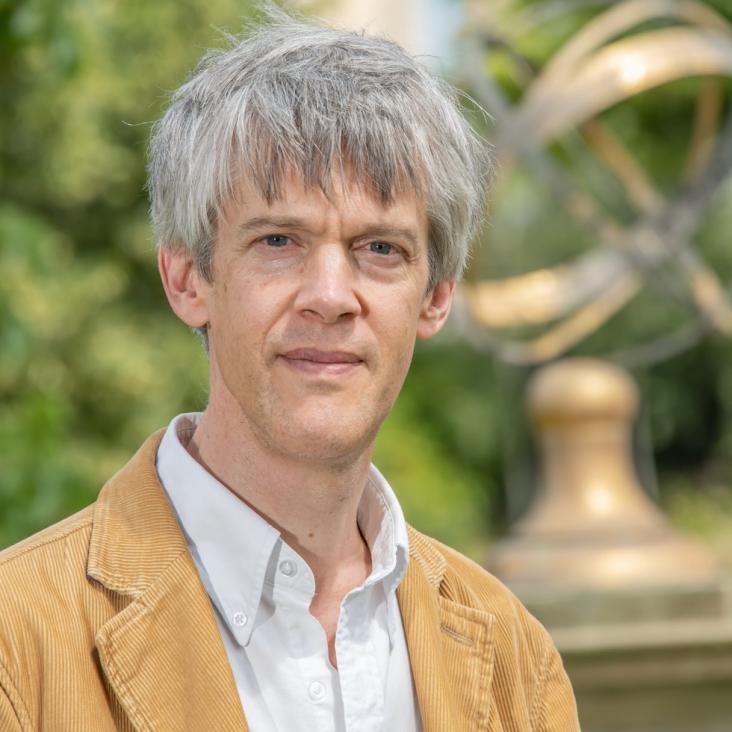Cultural convergence in the Neolithic of the Nile Valley: a prehistoric perspective on Egypt's place in Africa
Antiquity Cambridge University Press (CUP) 88:339 (2014) 95-111
Abstract:
Earliest evidence for caries and exploitation of starchy plant foods in Pleistocene hunter-gatherers from Morocco
Proceedings of the National Academy of Sciences Proceedings of the National Academy of Sciences 111:3 (2014) 954-959
Abstract:
Analyzing Radiocarbon Reservoir Offsets Through Stable Nitrogen Isotopes and Bayesian Modeling: A Case Study Using Paired Human and Faunal Remains from the Cis-Baikal Region, Siberia
Radiocarbon 56:2 (2014) 789-799
Improving the Resolution of Radiocarbon Dating by Statistical Analysis
Chapter in The Bible and Radiocarbon Dating: Archaeology, Text and Science, (2014) 57-64
Abstract:
Radiocarbon dating of individual samples only yields limited chronological precision (typically of the order of 150–200 years for 95% confidence). This is in large part due to the complex nature of the calibration curve. Only by using large numbers of radiocarbon determinations together can we hope to resolve chronological issues at the sub-century level. Interpretation of such datasets is very difficult to do accurately by eye and for this reason statistical methods are needed. The methods most often employed are those of Bayesian analysis. Such methods do indeed allow us to improve our precision beyond that which is possible for single age determinations by radiocarbon but, critically, they also allow us to see the limitations in our data. In cases where statistical analysis shows that the radiocarbon measurements cannot resolve the chronological issues we need to accept that we must rely on other forms of archaeological information and interpretation.Looking forward through the past: Identification of 50 priority research questions in palaeoecology
Journal of Ecology 102:1 (2014) 256-267


